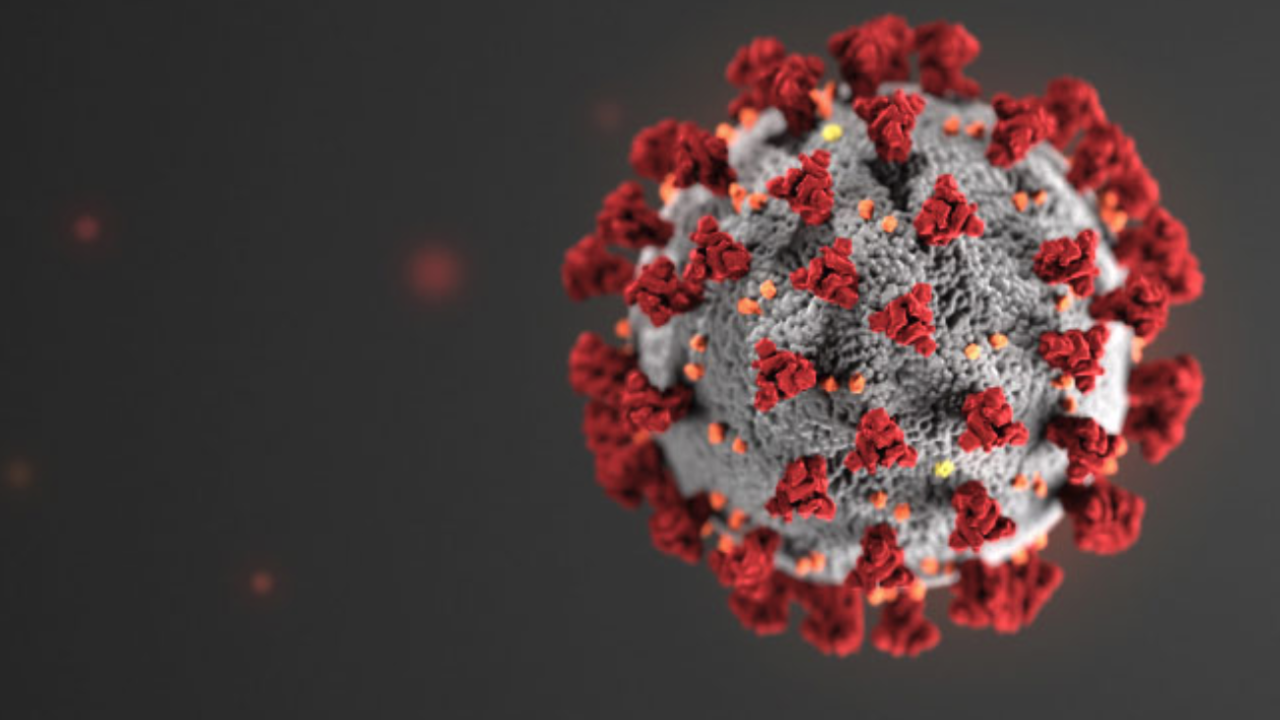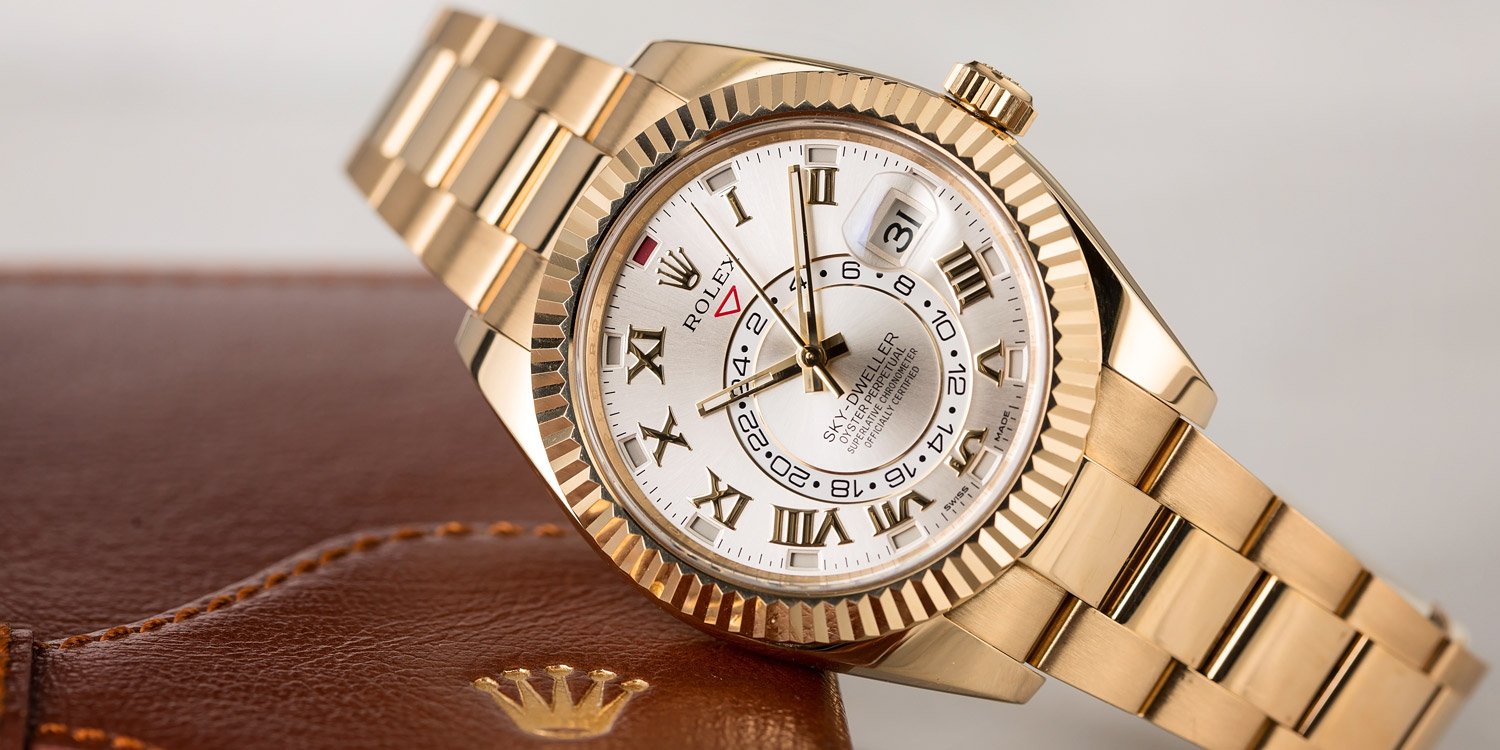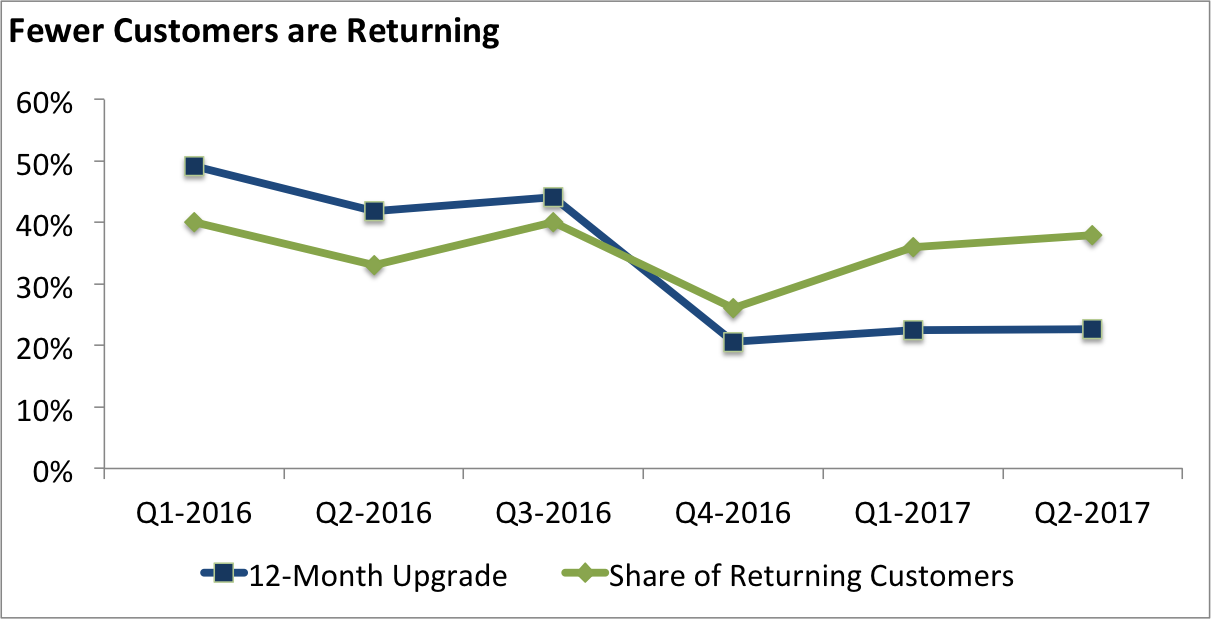
Gilead announced its pricing for antiviral drug Remdesivir (try saying that fast) that is recently approved for treating COVID-19 patients. They justified their pricing with an open letter from their CEO. 2 price points for the same drug. The drug is administered over five days, and people need about 6 vials.
For Governments of developed world: $390/vial, $2340 for the course
For US insurers: $520/vial, $3120 total.
Before I make my observations on pricing, the announcement and the reasoning behind this, let us look look at the two predictable reactions from two different stakeholders.
People (and some Politicos): Too high, profit maximizing
Wall Street: Too low, left money on the table
The second opinion has softer variants, clustered around the idea that the price is not too high.
WSJ: Gilead wise to leave money on the table https://wsj.com/articles/gilead-is-wise-to-leave-remdesivir-money-on-the-table-11593439722… FiercePharma: Fair price https://fiercepharma.com/marketing/gilead-s-covid-19-therapy-remdesivir-worth-4-460-per-course-says-pricing-watchdog…
ICER: Responsible pricing https://icer-review.org/blog/icer-comments-on-gileads-pricing-for-remdesivir/…
There is one more opinion from another leading financial pub FT. @FTLex rehashes points from the Gilead letter, touches basic supply-demand and ends up the observation that given short time demand due to pandemic this could be seen as surge pricing.
So what is it? Is this a case of pricing right? How about some basics like does the drug work and/or save lives? The drug’s stated benefits (I believe vetted by FDA?) is on average 4 days of earlier discharge from the hospital. So far no stated claim from Gilead on saving lives but others hint at it. As far as we can tell there is no approved and proven medication for COVID-19 that saves lives. All we know is when 6 vials of Remdesivir administrated over 5 days helped people go home early, on average, by 4 days.
So Gilead leads with this benefit in its letter and anchors on the value created (cost avoided) from this 4 days early discharge- “Taking the example of the United States, earlier hospital discharge would result in hospital savings of approximately $12,000 per patient. “
Four days is the average. We do not know the distribution or variance in these numbers. Some may far lower savings, some may see higher savings. Since Gilead did not give this distribution let us try to model based on average hospital stays for COVID-19.
We have data on average hospital stay from a study done by Berkeley (my alma mater, Go Bears!)
Similarly, the data showed that hospital stays lasted an average of 10.7 days for survivors and 13.7 days for non-survivors, compared to an average of 7.5 days among non-survivors in China. Troublingly, 25% of patients were hospitalized for 16 days or more.
With Redmesivir, survival is not guaranteed. Let us use 11 days as average hospital stay for all and with 25% staying 16 days, it gives us some distribution
The right tail of 25% is hospitalized for 16 days, 5 days more than the average. Let us assume a matched left tail (and Normal distribution). That would imply another 25% would discharge 5 fewer days (in 6 days) than the mean of 11 days. Since Remdesivir is administered in the hospital over 5 days, that is the minimum number of days of hospitalization required. Any savings from Remdesivir is for the top 75% that stay 6 days or longer. This gives us a wide range of early discharge from just 1 day to 11 days with their stated average of 4 days.
Note that how careful they are to state early discharge from hospital and do not make any recovery claims. Patients are healthy enough to be sent home does not mean they recovered nor can they fully resume their life, go back to work etc. Not to mention the overhang of long term lingering effects of COVID-19. All you get for $3120 is going home early 1 to 11 days.
Gilead only hints at other benefits from shorter stay. It is likely the patients recover just enough to be discharged but may not fully recover to resume normal activities or return to work. Others like ICER are not so subtle with these supplemental benefits.
The messaging, framing and anchoring is all clear – everyone focus on the $12000 price tag? Now wouldn’t you be happy to pay just $3120? (Not unlike Ron Popeil selling you some kitchen appliance in informercial.)
Seeing this $12000 number, the Wall Street crowd is not happy that the price tag is just $3120. They contend that Gilead is leaving money on the table. They should note that you can’t capture all value, nor is the value delivered same to all. Striking a balance, some state Gilead should have priced it close to $5000 for the six doses, $4460 to be precise. For all this precision their model makes whole lot of assumptions – specifically on quality of life when no such claims were made by Gilead or validated by FDA.
Now to the cost argument. What does it cost to product and deliver a course (6 vials) of the drug? Journal of Virus Eradication states that for making and delivering 6 doses of Remdesivir, it would cost Gilead $10. Just $10 cost, sold at $2340 and $3120.
You would think that people in the first camp would be the first to bring up the cost argument. Actually it is the people in “price is right” camp state the cos, because it is a classic argument method to state your opponent’s point yourself so you can frame it and dismiss it. So they say, “but what about the R&D investments”, while simultaneously making a value based pricing argument.
Cost based argument goes like – Gilead sunk $1B and they need to recover it. I do not see the cost based argument or the justification to offset R&D stand up at these numbers. To further weaken the R&D argument, the drug was not researched, invented and developed just for COVID-19. It was originally developed for Ebola, it didn’t work, used for SARS treatment, and recently for Hepatitis-C at $1000 a vial for 84 vials. At this point in its lifecycle it is fair to state they must have recovered several times their original investment.
Even if give them the benefit of doubt on cost, the US government has already committed to buying half a million courses (6 vials each) at $2340 a course. That is $1.165B in revenue net $10/course cost, which yields $165M in profit in 3 months. After this period, it is just pure profit. The more people fall sick to COVID-19, at today’s rate 200,000 a day, more they need hospitalization(20% according to WHO), say half of those take the drug, Gilead will be making $62.2 million in profit a day! If the COVID-19 lasts through December 31st 2020, Gilead stands to make at least $11 billion in profit. Not bad for $1 billion R&D investment.
Now to the big question, is this pricing right?
Gilead has priced it correctly as any profit maximizing business would do. But it is not pricing right. This points to utter failure on the parts of the Governments of the world in not investing enough in healthcare research and pandemic preparedness, leaving the lives of millions to be handled by market forces.
We will be told repeatedly $3120 is a steam compared to $12000 hospital stay. But why does it cost $3000 a day to stay in the hospital? That is another failure.
Besides, cost to the customer is not just $3120, include the five days of stay needed while the drug is administered, so the total cost is $18210 vs. $30,000.
Let me leave you with a thought exercise if you believe drugs should be priced based on cost savings like this or based on quality of life from lives saved. Later this year, when vaccines arrive, we will see a drug that may save us from falling sick, getting hospitalized and protect our quality of life. Should the vaccine then be priced at $30000? $50,000? $100,000?











You must be logged in to post a comment.